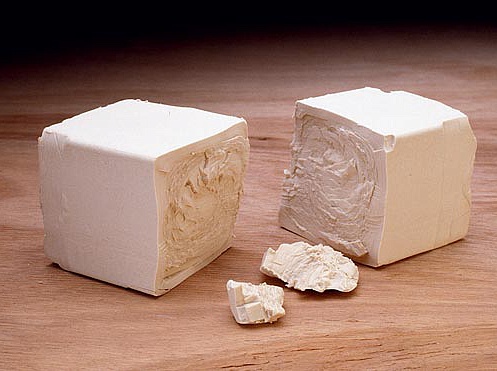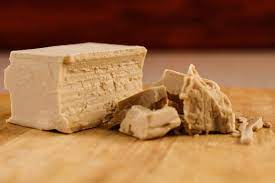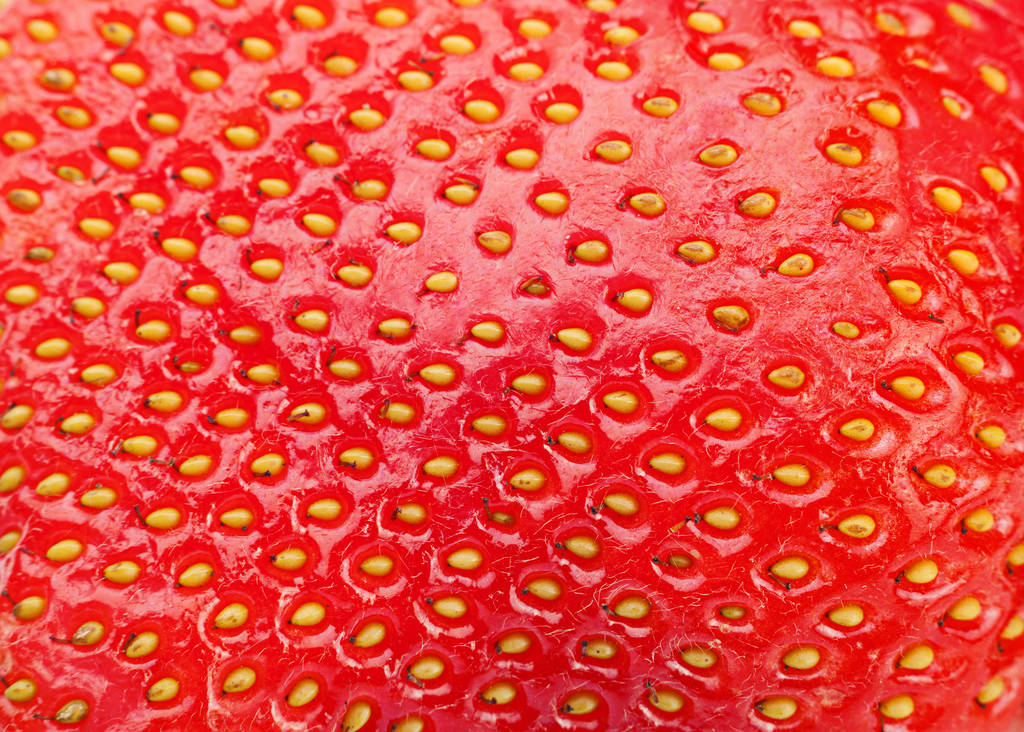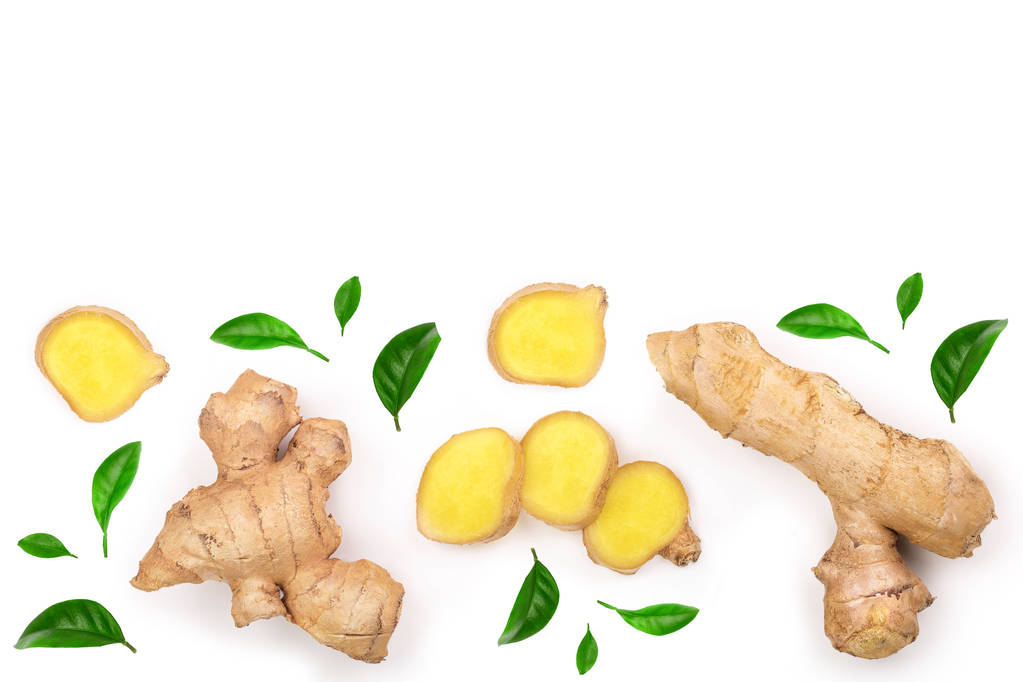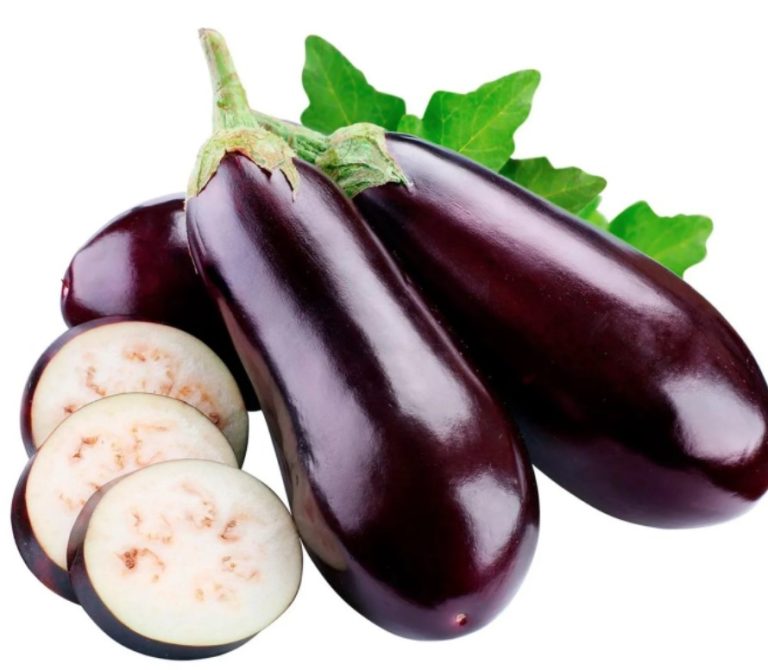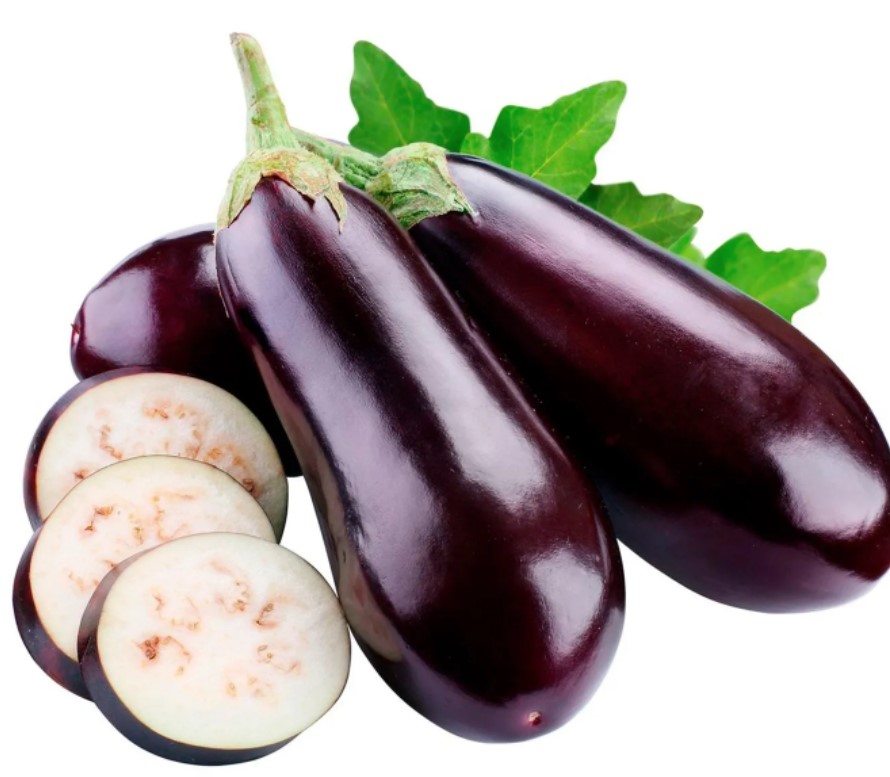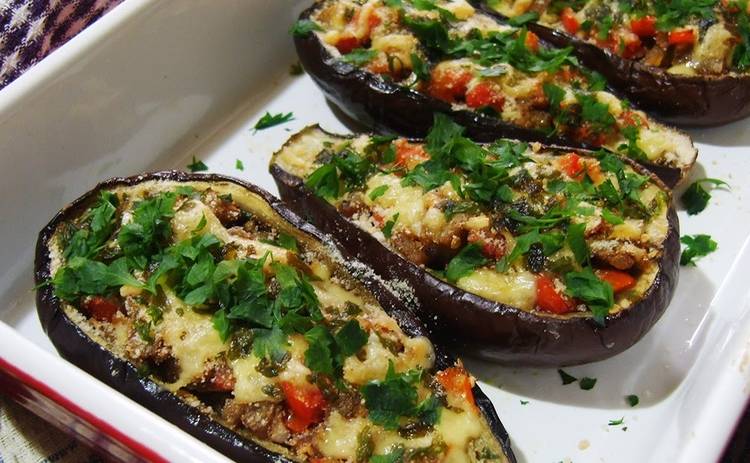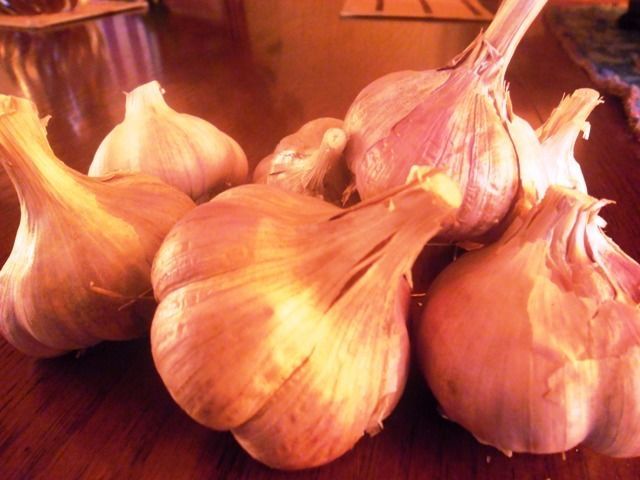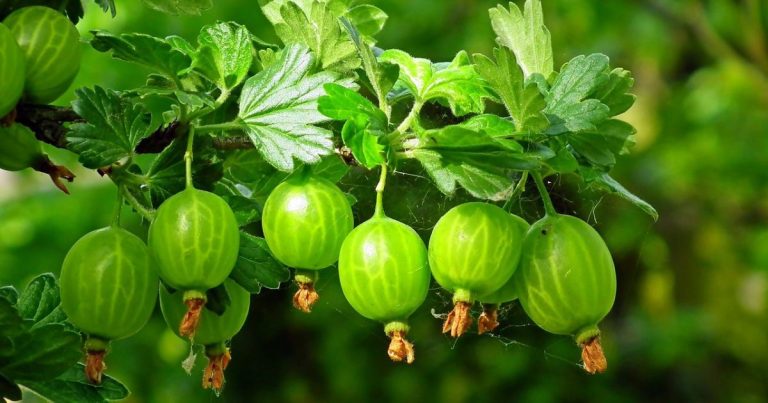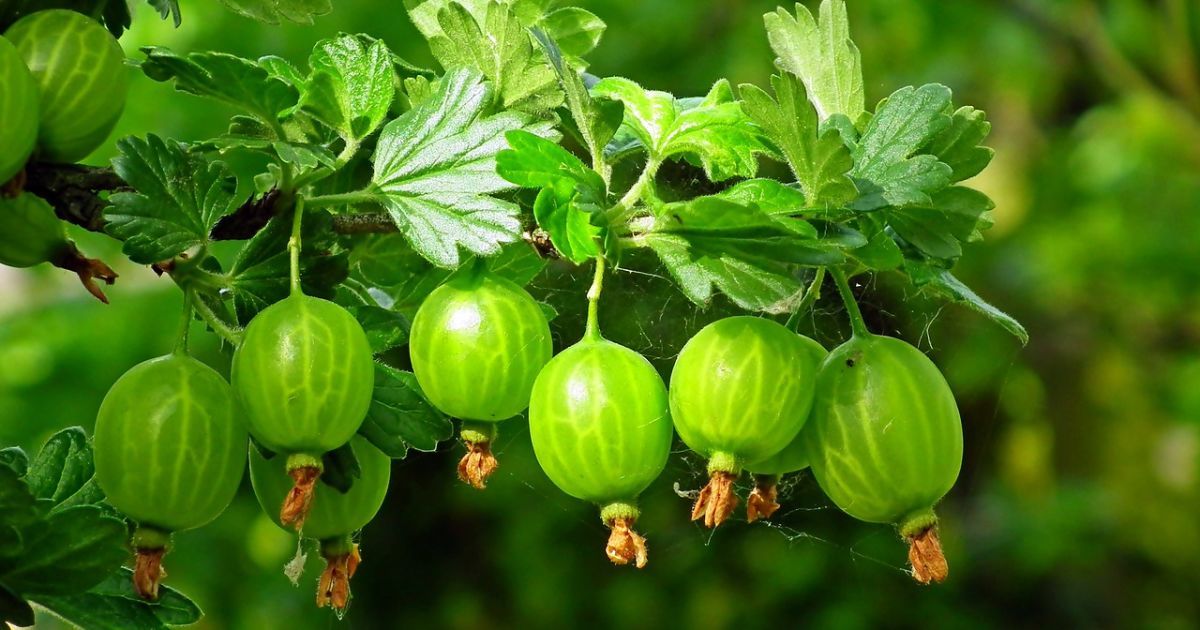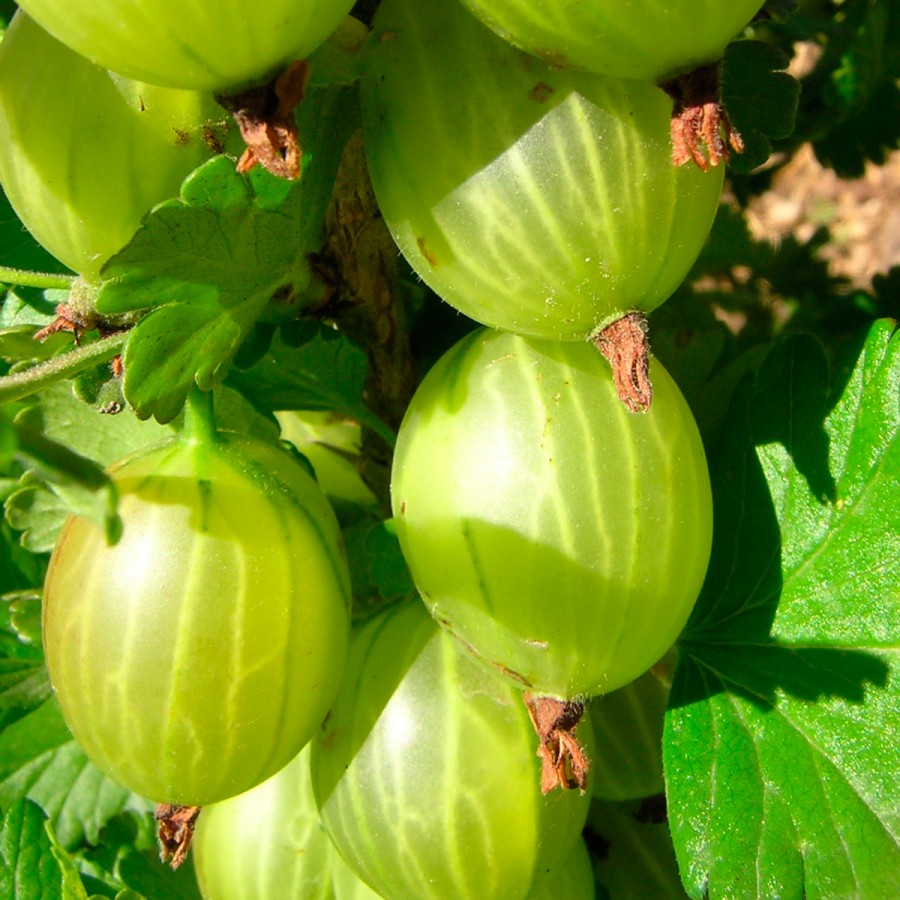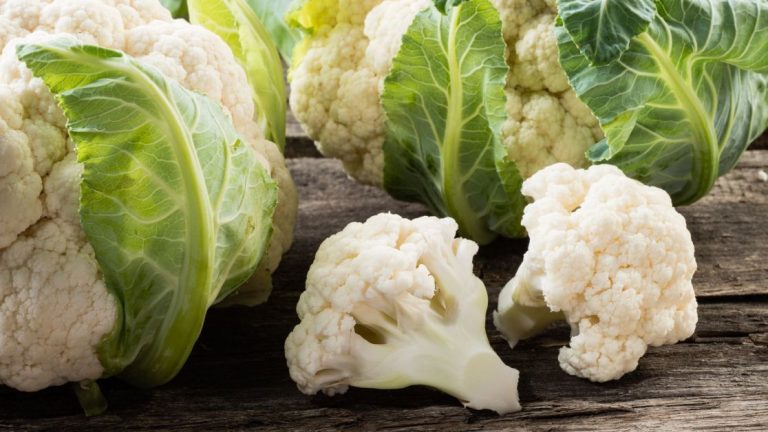They still exist! The traditionalists, the nostalgic, the idealists and perfectionists. Those who see a craft in coffee culture and practice it with devotion. Those who still prepare filter coffee with a coffee machine and ignore fully automatic coffee machines in favor of the espresso maker – the elite of coffee makers, so to speak. They often stand in groups in front of the filter coffee machine in the office and talk shop together about the different ways of making coffee. If you want to have a say, you have to be very knowledgeable!
Even before there were professional coffee machines and filter coffee machines, grinding was done by hand. Even today, the coffee beans are often ground by hand with cone grinders, where the degree of grinding can be adjusted. But all of this is no longer necessary. However, the basic principle of coffee grinding has not changed to this day. Do you know the process of maceration? That means something like wearing down or leaching. Here, the ground coffee is poured over with boiling water and left to steep for at least five minutes. Today, for example, the popular mocha coffee is also prepared with maceration. The coffee preparation of percolation means the usual filtering of the ground coffee beans.
Coffee making in the traditional way at a glance:

Oldie but goldie: the espresso maker
Let’s start with the most traditional of all types of coffee preparation: The espresso maker is, so to speak, the mother of all coffee makers. The classic design of the small coffee pot made of stainless steel or aluminum originally dates from 1933 by Alfonso Bialetti and brings tears of joy to the eyes of coffee enthusiasts and treasure collectors alike.
Especially in Italy, the preparation with the espresso maker is very popular. Connoisseurs appreciate the coffee preparation in Italian, which means celebrating the process extensively – a lout who only thinks of quick enjoyment. It starts by pre-boiling water to speed up the brewing process, to the right water temperature, and grinding fresh coffee. The degree of grinding should tend to be coarser than that of espresso for the portafilter, similar to sand. The water tank of the espresso maker is filled with water up to the valve and the coffee filter above it is filled to the brim with coffee powder and smoothed out. And now: screw the pot on, place it on the stove over medium heat and, with the lid open, watch how creamy, aromatic coffee is extracted. Maintain this state until only steam rises from the pot.
Then remove the pot from the heat and wrap the bottom part with a cold, damp cloth to stop the extraction. The self-brewed coffee is then ready to be served and released for tasting in – attention, Pro-Tip – preheated (!) cups.
Coffee making by hand filter
Anyone who has overheard the coffee nerds in their technical discussions may be familiar with the term pour over method. This means coffee preparation with a hand filter; a way of making coffee, where the filigree technicians are in demand among coffee lovers. By the way, the principle of filter coffee machines is very similar:
Hot water is poured from above onto a filter filled with ground coffee until it drips through the bottom end. The big difference to the filter coffee of the coffee machine is that the coffee preparation with a hand filter allows more individuality. This means that the taste of the coffee can be influenced according to your own preferences by skilfully pouring in the hot water and the degree of grinding of the ground coffee.
The hand filter is the bedrock of coffee brewing styles, who would have thought that brewing a coffee by hand could become a science? And as science likes to do, let’s start by calculating the right amount of coffee. The amount of ground coffee depends on the amount of coffee that is to be drunk later; however, the amount of coffee powder does not increase proportionally to the amount of water. As a guide, half a liter of coffee requires about 30 grams of finely ground coffee; a cup about 10 grams. In the end, however, it is your personal taste that counts. By using a paper filter, coffee oils and coffee grounds are retained.
Speaking of taste: In order not to lose it, there are a few simple points to consider.
1. The paper filter is easily rinsed with water after inserting it into the hand filter. Sounds strange, but the inveterate coffee maker swears that otherwise there will be notes of paper on his taste buds afterwards. In addition, the paper filter fits better to the hand filter, which promotes a more even extraction of the coffee.
2. After filling the ground coffee into the filter and placing a pot or cup underneath to catch the coffee, hot water is poured in from above. The ideal water temperature is 95 degrees. When brewing the coffee, only enough water is poured on in the first step so that the ground coffee is soaked to the surface and swells a little.
3. After half a minute, in which the coffee “blooms” (the process is also called blooming), water is poured out. It should be poured in smooth, circular motions and never touch the filter. The water should never stand in the filter, but always seep through completely.
4. After three to four minutes of brewing time, the coffee should be completely infused and ready to be enjoyed. Depending on how the end result tastes, more or less ground coffee can be used next time.
Pure nostalgia: the espresso machine

Admittedly, the placement of an espresso machine in this list of coffee makers is debatable. At the thought of buying an espresso machine, one or the other representative of the coffee elite may even roll their eyes, but true enthusiasts also appreciate the coffee preparation with a portafilter machine.
Apart from that, the first attempts to produce an espresso using a steam machine date back to the 19th century – so in terms of tradition, this type of coffee preparation can easily keep up with the others. It is therefore important to broaden one’s French Press-influenced horizon of experience and to open oneself up to the fine art of espresso preparation. Ready?
The few steps that are required when using an espresso machine are quickly explained: When it comes to the right temperature, the espresso is the diva among the types of coffee – nothing works without a preheated cup. Rinsing the latter with hot water is therefore a must. It continues with the coffee, which should be freshly ground in the finest setting. Fill the portafilter to the brim with ground coffee and smooth down the surface. When “tamping” a kind of tamper is used, with the help of which the coffee in the portafilter is compressed into an even and firm shape. In the last step, the portafilter is attached to the previously cleaned brew head. Just 25 seconds later, you’re holding a dark, oily espresso with a distinctive crema that all coffee connoisseurs are sure to appreciate.
